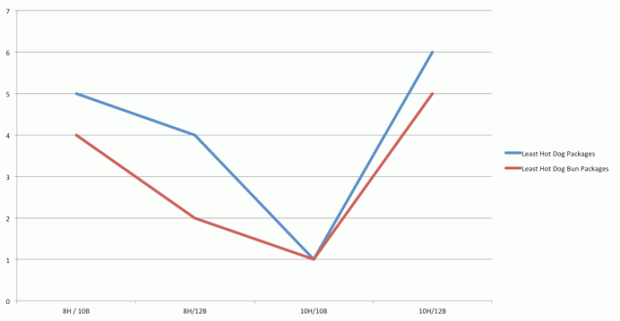Here’s curious tidbit from someone on reddit.com who identifies themselves as a Johnson Space Center Employee:
The Shuttle suffers from its own Y2K problem. The system computers run clocks that are set for GMT days: I think today is GMT 49. Anyway, when it gets to December 31, it’s GMT day 365. When it moves to January 1, it goes to GMT 001. This screws up the flight computer. I don’t believe there has ever been a Shuttle flight over a new year. A software fix is possible, but it has never been worth the millions of dollars necessary to fix it.
This actually seems very believable. For a little background, the Space Shuttle originally flew a set of 5 IBM AP-101‘s. In 1991 they upgraded to AP-101S, which has about 1 MB of semiconductor memory (as opposed to the core memory on the AP-101) and 3X the CPU speed. 4 run in sync, and 1 runs a separate set of software written independently for the ultimate in redundancy. They sit in two separate places in the orbiter and are quite rugged and power-hungry at 550W. That’s substantial considering the processing power. Since they mainly handle number crunching for the orbiter’s thrusters and run through things like the launch sequence. They just need to be reliable. They are programmed using HAL/S. The original memory limitations are likely why it uses GMT dates, and the reason to avoid upgrading the software is because of the complexity of the environment.
While a software upgrade would likely fix this issue, upgrading something that needs to be this well-tested would be insanely expensive.

